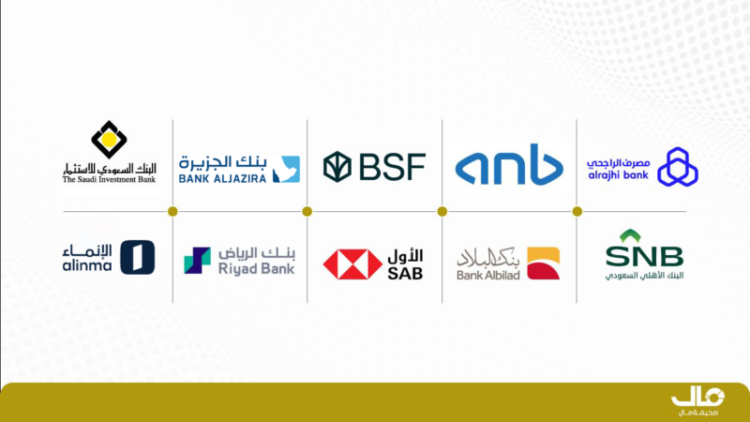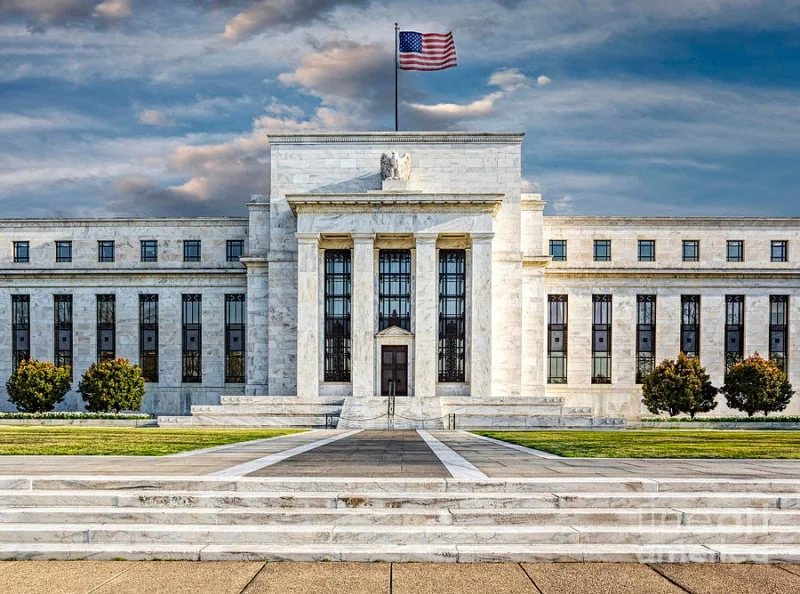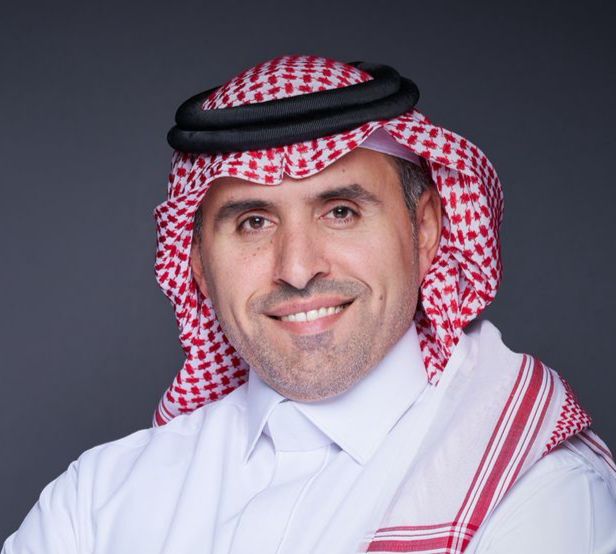Publisher: Maaal International Media Company
License: 465734
S&P: Saudi banks will not face the challenges faced by Qatari banks after financing World Cup projects
A report issued by Standard & Poor’s, a credit rating agency, stated that Saudi banks working on lending to mega projects will not face the challenges faced by Qatari banks during their expansion into financing projects related to the 2022 World Cup.
The report explained that investors often compare Saudi banks’ increasing reliance on external financing with the experience of Qatari banks in the period leading up to the 2022 World Cup, but the two contexts are fundamentally different. While massive infrastructure investments in Qatar have pushed the banking system’s net external debt to more than 40% of domestic loans in 2021, the Saudi banking system, despite its increased external debt, still maintains a more balanced and manageable level. Banks’ net external debt reached approximately SAR 34 billion at the end of 2024, equivalent to an expected 4.1% of total lending by 2028.
The agency added that Saudi banks have begun to increasingly rely on external financing to keep pace with the rapid growth in lending and meet the requirements of the Kingdom’s Vision 2030, after it became clear that domestic sources were insufficient. In 2024, Saudi banks granted new loans worth SAR 371.8 billion, while deposits grew by only SAR 218.9 billion, leaving a funding gap exceeding SAR 150 billion. Despite this increased focus on international markets, the agency believes that short-term risks remain manageable, but the growing external dependence warrants long-term monitoring. The report indicated that most of Saudi banks’ external financing comes from short-term interbank deposits and repurchase agreements, which constitute a potential source of volatility, especially since 59% of this financing comes from foreign banks. However, the agency believes that nearly half of these deposits come from Gulf Cooperation Council (GCC) countries, which enjoy high liquidity and relative stability, and expects this financing to remain relatively stable.
اقرأ المزيد
Although the total external debt of Saudi banks reached $109.5 billion by the end of 2024, compared to only $29.5 billion at the end of 2018, the agency asserts that the size of the Saudi banking sector (which is nearly twice as large as Qatar’s in terms of assets) gives Saudi banks greater capacity to absorb potential shocks. The Kingdom’s strong track record of supporting its banking system also enhances the sector’s stability and mitigates the likelihood of sudden pressures.
According to Bloomberg, the Qatari government was previously considering a mechanism to support the balance sheets of banks that provided loans for World Cup projects, as the lending banks were facing repayment difficulties. Options on the table include appointing restructuring advisors, intervening to purchase distressed real estate portfolios from banks affected by default, or forcing smaller banks that provided loans to merge.
According to data, the cost of the World Cup in Qatar exceeded $220 billion, with the majority of the funds spent since 2010 on infrastructure such as a new metro network in Doha, an international airport, and new roads, as well as the construction of approximately 100 new hotels and entertainment facilities. Banks financed many of these projects, particularly those belonging to the private sector.
Regarding real estate financing, the S&P report indicated that Saudi banks have begun taking initial steps to move some mortgage assets off their balance sheets, either through direct sales to the Saudi Real Estate Refinance Company or by considering securitization. Although real estate loans represent approximately 23% of total bank loans, the pace of use of this option remains slow. This is due to the good profitability of these loans and some investors’ concerns about the risks associated with securitization, particularly regarding collateral recovery procedures in the event of default. The agency expects external debt to continue to grow in the coming years, but will remain within a manageable range. Meanwhile, the mortgage-backed securities market is expected to develop gradually, depending on investor appetite and their ability to assess risks with greater confidence.








